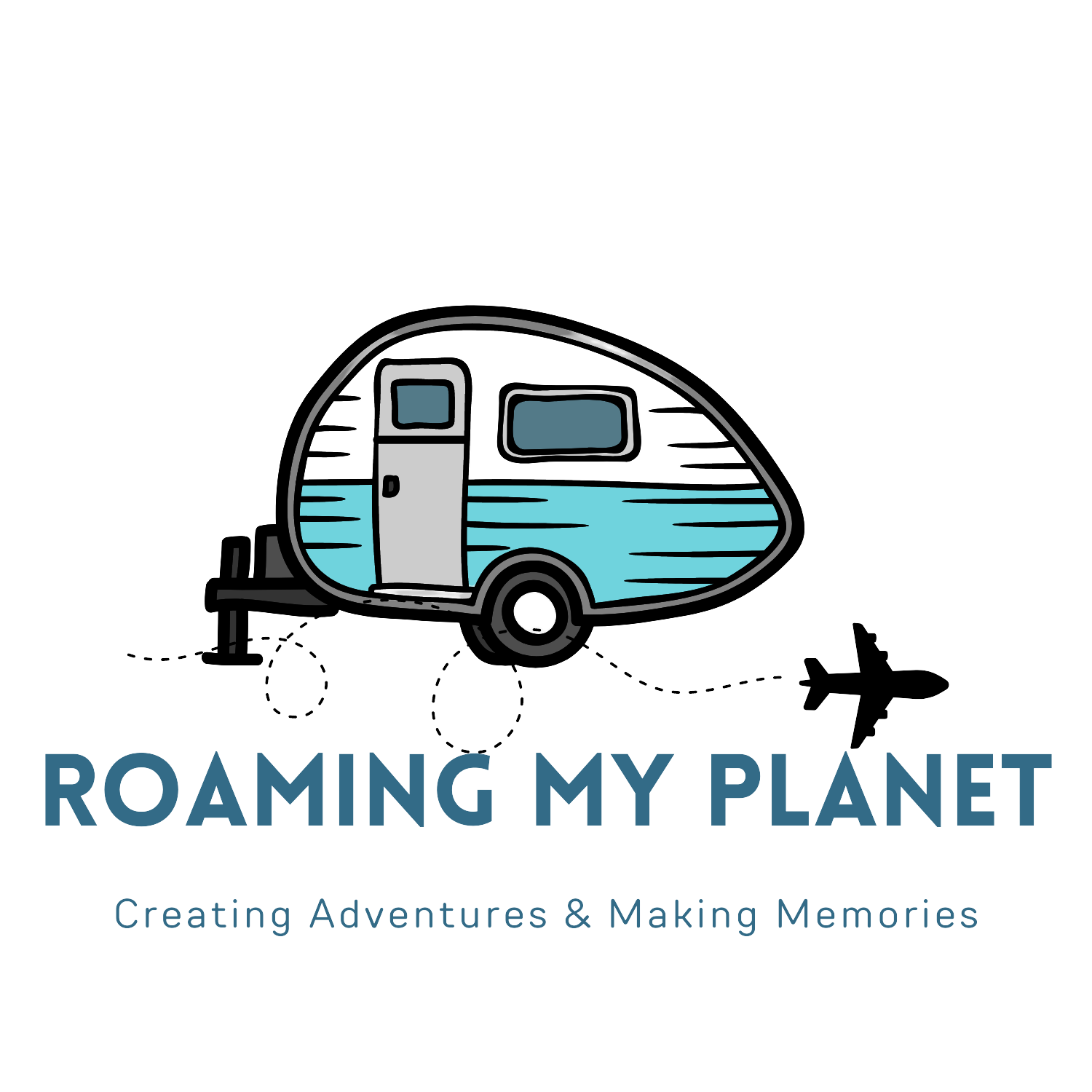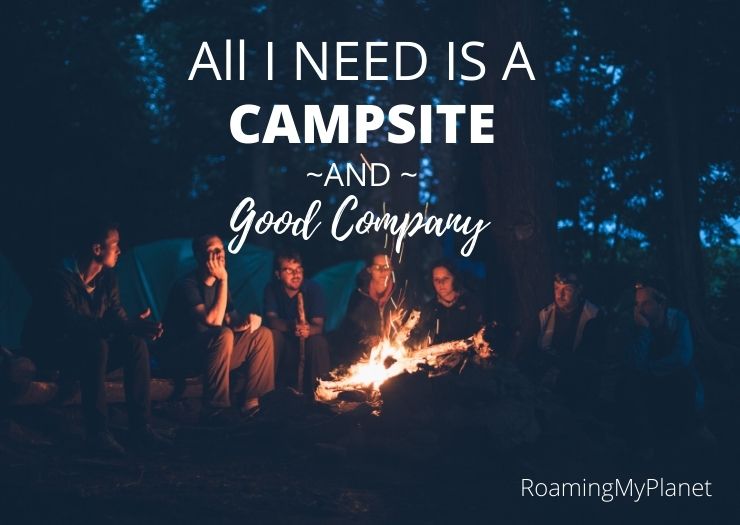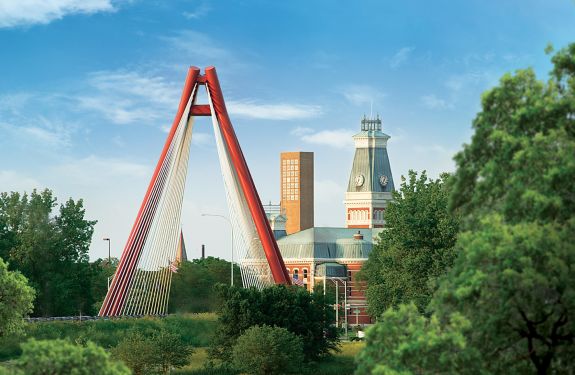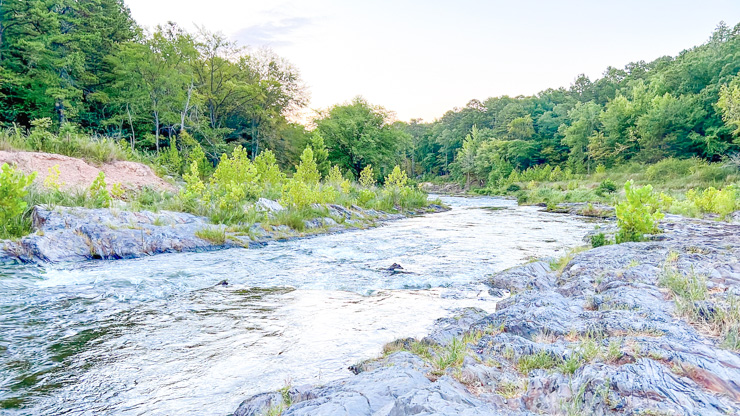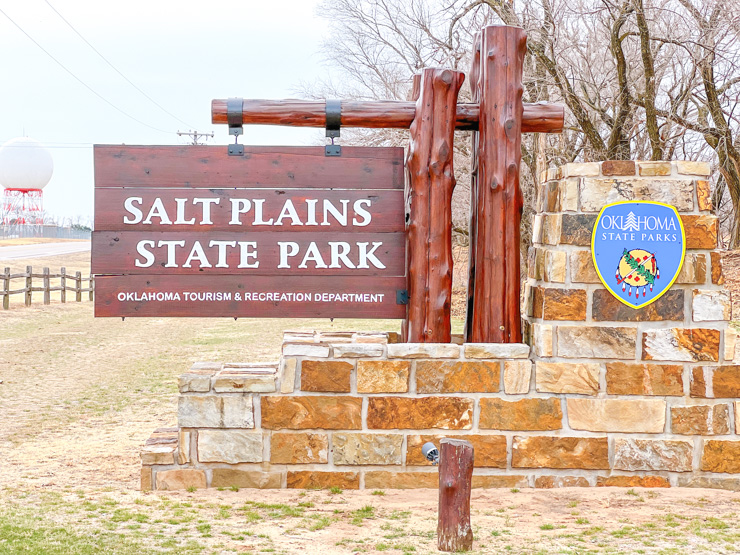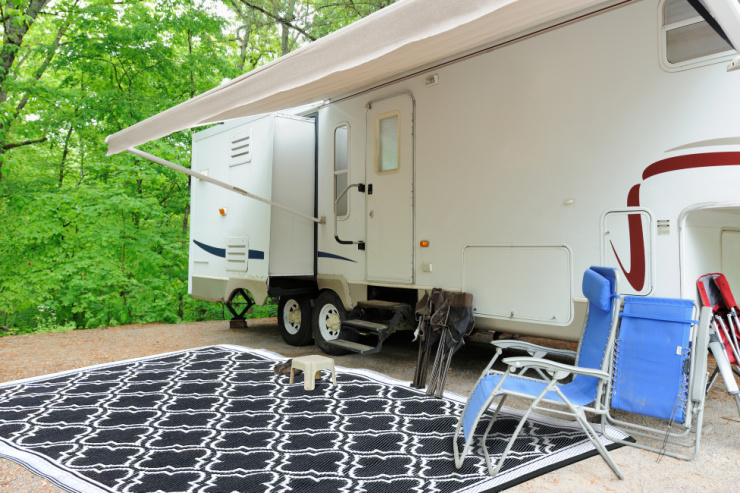What is BLM Camping – BLM Land Camping
The sun rises over the horizon, a beacon of hope and freedom. A vast expanse of untouched land stretches out in all directions; beckoning thrill-seekers and Rvers to explore its depths with open minds and hearts. This is BLM camping – public land camping – an opportunity for adventurers from near and far to experience nature’s beauty at their own pace. From breathtaking views atop mountain peaks to peaceful nights spent beneath starry skies, it offers a chance to immerse oneself in the majestic wildness of America’s great outdoors. Herein lies the tale of what makes this one-of-a-kind journey so special. Are you ready to find out what is BLM camping?
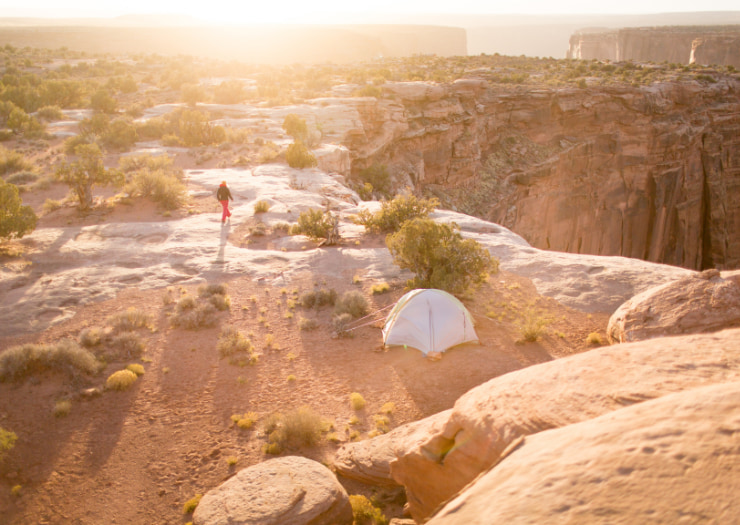
Public lands encompass hundreds of millions of acres across the United States, including national parks, forests, monuments and more. Owned by the government but available for exploration without charge or reservation fees, these areas are perfect for those seeking off-the-beaten-path excursions away from overcrowded tourist traps. The BLM (Bureau of Land Management) manages most public lands and provides campers with access to both developed sites as well as secluded backcountry locations that offer ample opportunities for solitude among stunning natural scenery. Whether you’re looking for an adrenaline rush filled with activities like biking, hiking, fishing and kayaking or just want some time alone surrounded by Mother Nature’s calming embrace, there’s something here for everyone. Now that we know what BLM camping is, let’s talk about planning.
In spite of its appeal, not many people know how to go about planning a successful camping trip on BLM managed grounds. To help get started on your next outdoor adventure we will take an in-depth look at what exactly constitutes BLM Camping – Public Land Camping: where to find campsites around the country; essential tips on safety and preparedness; finding a suitable water source, suggestions on activities while visiting; plus much more! So if you’re ready let’s dive right into this unforgettable journey and discover why public land camping has become such a beloved pastime amongst those who cherish freedom above all else!
What Does Blm Mean & What Is It?
The Bureau of Land Management (BLM) is an agency within the United States Department of Interior that manages public lands, including National Parks, Wilderness Areas, and National Forests. The BLM also allows the general public to access these areas for recreational activities such as camping. Camping on BLM land can be a great way to explore nature while enjoying the freedom to camp anywhere with few restrictions from the government.
When camping on BLM land there are several amenities available depending on location. Many campsites have picnic tables and in some cases fire rings or grills; however, it should be noted that many campsites do not offer permanent structures or even restrooms so come prepared with necessary supplies like food and water if needed. Additionally, most sites allow you to stay up to 14 days at a time without having to move your belongings but check any local regulations before setting up shop.
Campers must always respect their surroundings when visiting BLM land by following Leave No Trace Principles which include disposing of waste properly, maintaining low-impact activities, avoiding resource damage and respecting other visitors’ privacy. This helps ensure everyone has an enjoyable experience while protecting our nation’s natural resources for future generations to enjoy.
Types Of Public Lands
In today’s age, freedom has become a commodity that is highly sought after. Fortunately, there are opportunities to get away and enjoy the outdoors without breaking the bank- BLM camping! Whether you want to explore national monuments or find free campsites with breathtaking views, BLM land offers something for everyone.
Here are four great ways to take advantage of public lands:
1. Developed Campgrounds: With amenities such as restrooms and picnic tables, developed campgrounds provide an excellent opportunity to experience nature while still having access to creature comforts. Most sites can be reserved in advance online or at a kiosk near the entrance.
2. Dispersed Campsites: For those looking for more of an adventure, dispersed campsites are located throughout most national forests and parks; they offer rustic camping experiences far from other people and cities. There may not be many facilities nearby so make sure you come prepared with all your own supplies – food, water, firewood etc. Getting an up to date map could help you locate the nearest water, recreation areas, picnic areas and garbage cans.
3. Boondocking: Also known as dry camping, boondocking gives outdoor enthusiasts the chance to travel off-grid and truly immerse themselves in nature without being disturbed by any signs of civilization. This type of setting usually requires no fee but it is important to adhere to local regulations when choosing your spot since some areas require permits before camping overnight.
4. Group Sites: If you’re planning on going on a trip with friends or family then group sites could be perfect for you! These sites typically accommodate up to 8 people and have ample space for tents or RVs; however, reservations must be made ahead of time due to limited availability at certain locations.
No matter what kind of experience you crave, there’s always a way to use public lands wisely and responsibly – whether it’s visiting one of our nation’s beautiful national monuments or simply taking advantage of free campsites scattered across the countryside . It doesn’t get much better than that! Do you feel like an expert on what is BLM camping yet? There’s more to learn!
Permits And Regulations
BLM camping is a popular way to enjoy the great outdoors as it allows individuals and families to explore public lands with minimal regulation. This type of camping usually involves primitive sites that allow users access to potable water, fire pits, and natural resources such as forests or trails. It also offers an opportunity for visitors to engage in outdoor recreation activities while minimizing their environmental impact.
To ensure safe and responsible use of public land, BLM campers must obtain permits when required; these permits are available through local offices or online portals. Depending on the location and length of stay, different rules may apply when it comes to primitive camping; some locations require additional forms or documents that need to be filled out before arrival. Campers should always check for any special regulations in order to comply with all applicable laws and avoid potential fines or other penalties.
When using public lands for BLM camping, it is important for campers to understand the importance of maintaining a respectful relationship with nature by following Leave No Trace principles: minimize impacts from fires, properly dispose of waste materials, respect wildlife habitats, practice proper sanitation techniques, and follow all necessary safety protocols.
By respecting the environment around them during their visit, campers can help preserve these areas for future generations who wish to experience the same sense of freedom found in public use areas like those managed by the BLM. Each place is different. If you BLM camp in the western states you may have a completely different set of requirements back east. Knowing the requirements for each of the BLM-managed lands you visit is crucial.

Finding A Campsite
Finding a campsite for BLM camping is like finding a needle in a haystack; it takes some effort, but the reward makes it worth it. There are several ways to go about finding available campsites on public lands, including interactive maps and Google Maps:
* Interactive Maps: Online resources such as Recreation.gov provide an interactive map of all BLM campgrounds across the United States with detailed information including amenities, fees, photos and more.
* Acres of Land: The Bureau of Land Management (BLM) oversees millions of acres of public land, providing ample space for camping opportunities. Campers can search online or contact the local field office for specific details regarding access and availability within certain areas. Sometimes there may be limited access on a dirt road but that is just where you should head, so contacting the local office will provide great information.
* Google Maps: With just a few clicks, one can use the power of Google Maps to locate nearby campgrounds and get directions from home or any other location. This powerful tool also provides satellite images so that you can have an idea what kind of terrain you will encounter when getting there.
You can also find BLM camping locations at Recreation.Gov.
When looking for your perfect spot to pitch your tent remember that patience pays off – take time to explore various options before making your final decision – because once you set up camp at one of these amazing sites you’ll never want to leave! Whether it’s stunning mountain views or serene lakeside settings, BLM camping offers something special for everyone who wants freedom away from civilization while still being able to enjoy nature’s beauty and wonders.
Wild Camping Basics
Wild camping, also known as BLM (Bureau of Land Management) camping, is the practice of setting up camp on public land. This type of camping provides an opportunity to explore acres of unspoiled nature away from developed campsites and facilities. When wild camping it is important to follow a few basic principles in order to protect both yourself and the environment around you.
One key principle when wild camping is to be mindful of the National conservation areas and open lands, keeping noise levels at a minimum, leaving any natural objects undisturbed, and not creating unnecessary fire rings or other structures. Additionally, be sure to check local regulations before packing up your gear and heading out – some areas may have restrictions regarding where you can camp or what types of activities are allowed.
When looking for suitable sites while planning your trip consider areas close to water sources such as lakes and rivers so that you don’t impact fragile vegetation too much with your tent footprint. Areas near established BLM campsites should also be considered since these locations tend to have pre-existing amenities such as existing fire pits and bathrooms nearby. By following these simple tips during your stay you can help ensure that we all continue enjoying our beautiful natural spaces for many years to come!
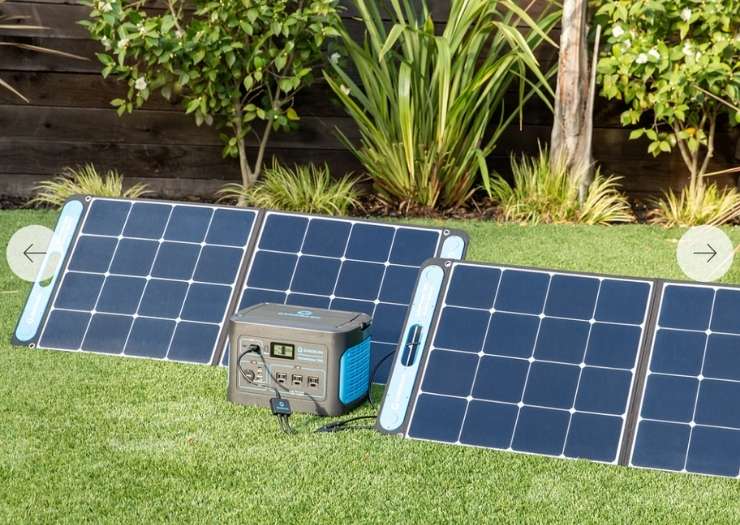
Equipment And Supplies
The notion that BLM camping requires no equipment or supplies is a popular but mistaken one. In reality, adequate preparation before setting out on a public land camping trip is essential to ensure an enjoyable and safe experience. A few key items should be included in the packing list for any successful outdoor excursion.
Toilet paper, while not necessary outdoors, is often appreciated by campers who value their comfort and convenience. Pit toilets are available at most of the campsites located on public lands, however they may not always be equipped with toilet paper- so it’s best to come prepared! Additionally, dirt roads leading to these sites can become muddy and slippery after rain, so bringing along car mats or traction devices like snow chains will help improve your chances of making it back safely from your adventure.
Solar panels offer many benefits when embarking on a BLM camping trip as well. Not only do solar panels provide a source of clean electricity for powering small appliances such as cell phones and laptop computers, but they also have the potential to generate enough energy to run larger components such as refrigerators or air conditioners – perfect for those hot summer days spent relaxing beneath the stars! Furthermore, solar panels can be used to charge batteries which come in handy if you plan on doing some fishing during your stay; they’re also great for charging up lanterns and flashlights at night time.
BLM camping has much to offer in terms of freedom; whether it’s spending quality time with family or friends away from urban life or just getting lost amongst nature without feeling overwhelmed by technology – there’s something special about being able to completely disconnect yourself from the world around you. With proper planning and preparation anyone can enjoy this unique form of recreation responsibly.
Are you a tent camper or do you prefer car camping? Think about the weather in the BLM land area you plan on visiting and prepare accordingly. Make sure you are not on private property and know your way in and out. Depending on the weather you may have to find secondary roads for your route. There are so many areas where you can go BLM camping across the entire country that there is great diversity in the weather and terrain you may encounter.
- First Aid Kit
- Coleman Camping Cot
- Waterproof Solar Charger
- Hammocks
- Portable Fire Pits
- Expandable Smores Sticks
- Cast Iron Camping Tripod
- Pre Seasoned Cast Iron Dutch Oven
- Solar Lanterns
- Solar Generator
Safety Tips For Blm Campers
BLM camping on public land is a great way to experience the outdoors in some of America’s most scenic areas. It is important for campers to understand and respect the safety regulations when visiting BLM campsites, national parks, conservation areas, and other protected lands. Here are three tips that will help ensure a safe and enjoyable stay while exploring these incredible natural places:
1. Check with local authorities before setting out on your journey – Knowing what regulations apply to each region can save you time and prevent any unnecessary legal issues. For example, if you plan on camping near Yosemite National Park or Joshua Tree National Park, be sure to check their website for rules and guidelines regarding permits, fire restrictions, etc. Additionally, it’s a good idea to contact the nearest BLM office for more information about specific regulations within that area.
2. Respect wildlife – Many of these areas are home to countless species of animals which should be respected at all times during your visit; never approach them or attempt to feed them as this could lead to dangerous situations or conflicts between humans and wildlife. It’s also wise to research potential hazards in advance such as poisonous plants or insects so you know what dangers may exist in certain regions.
3. Be mindful of human impact – When staying at a BLM campsite or visiting any other public land location, always make sure to leave no trace behind by disposing of waste properly and following Leave No Trace principles (such as packing out trash). This includes being mindful not only of your own actions but those of others who may be using the same sites; leave gates open/closed according to posted signs and do not disturb cultural artifacts like petroglyphs found along rivers like Colorado River flowing through Mojave Trails National Monument . By continuing our tradition of responsible outdoor recreation we can protect these wild spaces for future generations.
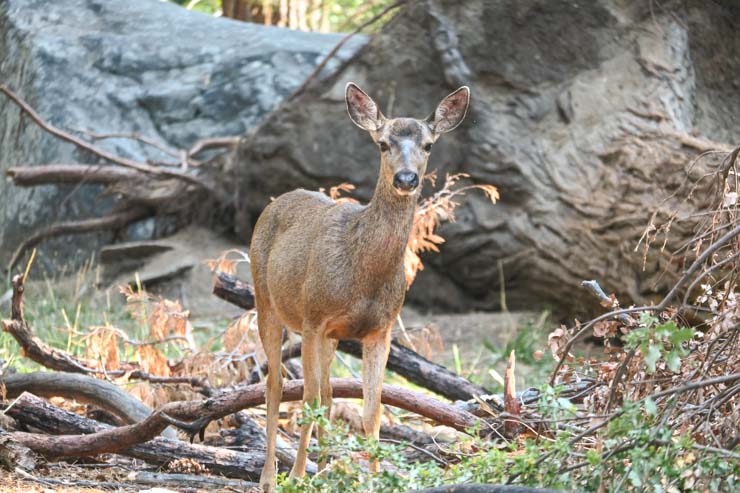
Respect For Nature And Wildlife
When BLM camping on public lands, it is important to respect the environment and local wildlife. A key factor in achieving this objective is to minimize human impact on nature by following appropriate guidelines such as respecting water sources, properly disposing of waste, and avoiding activities that disturb the land or wildlife. Careful consideration must be taken when planning for outdoor activities like hiking, hunting, and fishing since these can have a direct effect on native species. For example, golden eagles are protected under federal law so special attention should be paid if they are spotted while camping or participating in other outdoor activities.
The National Park Service promotes sustainable recreation which includes understanding how individual actions can affect future generations’ ability to enjoy recreational opportunities with minimal environmental damage. This responsibility falls upon individuals who camp on public lands because their actions directly influence what lies ahead for everybody else. Therefore, visitors must take care not to cause harm in any way whether through careless behavior or negligence.
By showing respect for nature and wildlife during our time spent camping we ensure that resources remain available for everyone now and into the future. It is only then that we will be able to fully appreciate the beauty of our great outdoors without sacrificing its health and longevity.
What are the Leave No Trace Principles?
When it comes to camping on BLM managed lands, the Leave No Trace Principles are essential for every camper. Whether you’re in a designated campground or out on open land, these seven principles provide guidance and direction to ensure lasting enjoyment of America’s public lands. They allow us to explore nature while leaving no trace behind; protecting natural resources, wildlife habitats and preserving access rights for everyone who wishes to enjoy them.
The first principle is plan ahead and prepare. This means researching where you can legally camp, what supplies are needed, weather conditions and other important information that will help make your trip successful and enjoyable. The second principle is travel and camp on durable surfaces such as gravel beds or established trails – don’t create new ones! Thirdly, dispose of waste properly by using a Wag Bag if necessary or packing out all trash. Fourthly, leave what you find – take pictures instead of souvenirs from nature so others can also appreciate its beauty. Fifthly, minimize campfire impacts – use existing fire rings when available and never build an unattended fire. Sixthly, respect wildlife by keeping pets under control at all times and not feeding wild animals which disrupts their natural behavior patterns. Finally, be considerate of other visitors by being courteous with noise levels and respecting their right to solitude.
- Research before going: know the area laws & regulations
- Travel & camp on durable surfaces
- Dispose of waste properly-wag bag/pack it out
- Take photos rather than souvenirs
- Minimize campfire impacts-use existing fire ring only
- Respect wildlife-keep pets leashed & do not feed wild animals
- Be courteous-respect other’s right to peace & quiet
By following these simple yet effective rules we can guarantee our future generations have continued access to some of America’s most beautiful landscapes without compromising the environment by decreasing pollution through human impact as well as conserving nature’s delicate balance between man and beast alike. Adhering to Leave No Trace Principles sets an example for us all that even in today’s busy society there is still room for respecting nature while having plenty of fun outdoors!
Benefits Of Public Land Camping
Public land camping provides a unique and enjoyable outdoor recreational experience. Through public land camping, individuals are able to access free campsites that may be located in forests, mountains, deserts, or other areas of natural beauty. By accessing these sites, campers are able to enjoy the local weather conditions and explore new regions for their next dispersed camping excursion. You may find electrical hookups, camp sites, undeveloped public lands, or even sites with a camp host that have spaces only on a first come first-served basis.
In addition to allowing individuals to utilize numerous free camping sites on public lands, public land camping permits people to take advantage of various outdoor recreation opportunities. Campers can go fishing at nearby streams and rivers as well as engage in hiking trails around the area. This type of activity allows them to gain knowledge about nature while enjoying time spent outdoors with friends and family members.
The benefits associated with public land camping also extend beyond its ability to provide an inexpensive way of experiencing the outdoors. It is important to remember that by utilizing these types of sites, one can help protect natural resources and wildlife habitats from potential damage caused by human activities such as over-grazing or deforestation. Additionally, it promotes social responsibility by encouraging respect for nature and preserving natural environments so they remain intact for future generations.
Public land camping has many advantages that make it highly attractive; not only does it provide a cost effective way of exploring the great outdoors but it also helps preserve our environment while promoting sustainable practices. With more individuals taking part in this form of recreation each year, there is no doubt that public land camping will continue to remain popular among adventurers across the globe who seek out an exciting yet affordable outdoor adventure experience without compromising on quality or safety.
This is a great choice to know about on a long road trip when you may need to rest far from hotels or they are all full. Much better options are available than just sleeping in parking lots or continuing to drive for a long time when your drivers are all sleepy. Depending on the particular area you are in finding the nearest BLM-managed campground could be your best option.
Activities At BLM Sites
After discussing the benefits of public land camping, it is time to explore what activities can be enjoyed at BLM (Bureau of Land Management) sites. A visit to a BLM managed campground offers an incredibly diverse range of experiences that cannot be found anywhere else. From state parks with dump stations and boating areas to primitive camping spots located in remote locations or new campsites, there are plenty of opportunities for adventure on BLM lands off the beaten track.
The first activity that should be mentioned when talking about a BLM site is hiking. There are countless trails across the nation’s public lands that offer breathtaking views and unique wildlife encounters. With careful planning and preparation, hikers have the chance to immerse themselves in nature without worrying about crowds or safety concerns. Additionally, many of these trails pass through historical landmarks such as old mining towns and abandoned railroad lines; making them ideal destinations for those seeking a taste of history during their outdoor excursions.
Another popular pastime associated with BLM sites is fishing. Many rivers and streams run through public lands, providing anglers with access to some of the best fisheries in the country. For example, Wyoming’s Shoshone River runs along numerous blm-managed campgrounds offering visitors an opportunity for catching rainbow trout or cutthroat fish right from shore. Furthermore, visitors looking for more detailed information regarding regulations and restrictions can easily find all they need by visiting the BLM website before heading out on their trip.
In short, no matter what type of experience you are searching for while exploring BLM-managed campgrounds, you will undoubtedly find something that piques your interest whether it is taking part in backcountry adventures or simply enjoying some tranquility away from civilization – all while appreciating our national treasures!
Extended Stays On Public Lands
Extended stays on public lands are becoming increasingly popular amongst those looking to explore the beaten path and experience nature in a unique way. BLM camping, which stands for Bureau of Land Management Camping, is one such option that allows visitors to camp from days up to two weeks depending on location and regulations. This type of extended stay typically involves dry camping in remote areas without amenities or services.
When deciding whether an extended stay would be right for your next outdoor adventure, there are several factors to consider:
1. Research the different BLM camping areas available in order to find locations that fit within your needs and interests.
2. Be sure to check with local authorities regarding any restrictions or guidelines related to length of stay at particular sites as well as fire bans during certain times of year.
3. Make sure you have adequate supplies – food, water, clothing etc – before embarking on an extended trip away from civilization; especially important if you plan on exploring off the beaten path where new disturbances may arise unexpectedly.
4. Have a clear plan for how long you intend on staying so that you can reserve campsites accordingly.
Extended stays provide a great opportunity for exploration and relaxation amidst stunning natural scenery without sacrificing comfort or convenience; making them perfect for anybody who desires freedom and tranquility outdoors!
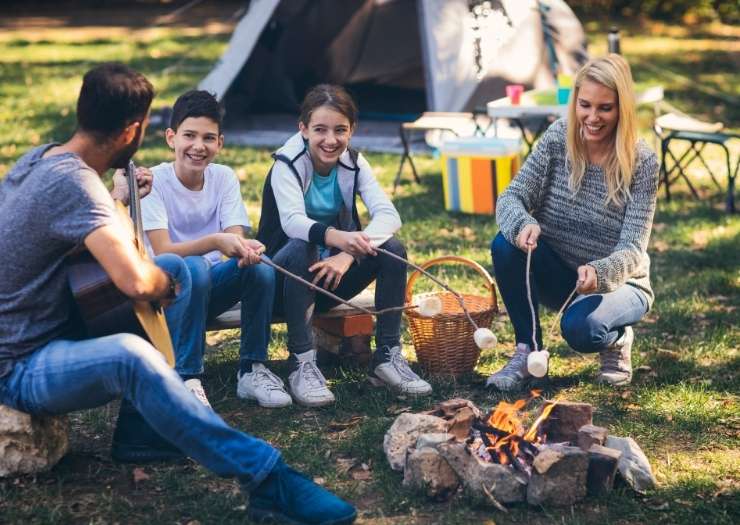
Dispersed Camping Etiquette
It goes without saying that when it comes to camping on public lands, there are certain etiquette rules one must follow in order to ensure a successful and enjoyable trip. For starters, campers should always be aware of their surroundings and respect fellow campers and the environment. This means leaving no trace behind; do not create any fire pits or leave any garbage behind. Additionally, it is important for campers to research the area beforehand and plan ahead for places with ample space such as best places near historic trails or other great spots for road trips. This creates an ideal dispersed camping experience for others to enjoy.
When going dispersed camping, it is essential to abide by all local regulations and laws including obtaining necessary permits if required. Also, keep noise levels low out of respect for wildlife and nearby campers. Remember that these areas are often shared spaces so being courteous at all times is essential – refrain from playing loud music late into the night or setting off fireworks near others. Finally, make sure all waste items like food scraps/garbage cans are disposed of properly as part of your responsibility towards keeping our wild places pristine.
Best Camping Apps And Websites
Now that dispersed camping etiquette has been discussed, the best way to enjoy outdoor adventure on public lands is with the help of some great camping apps and websites. From finding a campsite to planning meals and gathering resources, these tools make it easy to plan ahead for any BLM camping trip. Here are five of the top-rated ones:
AllTrails: An app featuring more than 100k trails around the globe, including an interactive map feature which allows you to search by length, difficulty level, elevation gain and more. It also offers reviews from other users who have gone before you so you can get an idea of what to expect when heading out into nature. So much more than just BLM maps. Visit AllTrails.
The Dyrt: A website offering detailed descriptions and photos of campgrounds across North America, as well as user ratings which can be helpful in choosing your next destination. Whether looking for primitive sites or full hookup spots, this site provides everything need to choose a spot perfectly suited for your needs.
Campendium: Offering over 10k locations across all 50 states in the U.S., Campendium covers every type of campground imaginable—from RV parks to boondocking areas—and offers up-to-date information about amenities available at each location. Plus, it’s free!
ReserveAmerica: This mobile app gives users access to government operated campsites throughout the United States and Canada; allowing them to book reservations quickly and easily while exploring potential destinations along their route.
CampNab: – Find reservations at sold out campgrounds. Get alerts when new spots open. Join CampNab.
Hipcamp: Aimed at connecting travelers with unique places they can stay while enjoying the outdoors such as farms, cabins, yurts and even treehouses! With convenient filters like pet friendly or near water sources, Hipcamp makes it possible find just what you’re looking for when going on a blm camping excursion.
RoadTrippers: Build your perfect road trip with color maps and more. Join RoadTrippers. Use code: BTR5QTP for $5 off!
Forest Service – The Forest Service provides free maps that are extremely helpful. They provide online views of roads, trails, recreation sites, wilderness areas, and wild & scenic rivers.
These apps provide countless opportunities for those searching for a place where they can disconnect from technology and experience nature in its purest form without worrying about breaking rules or leaving trash behind – making them invaluable tools when exploring public lands. They offer up-to-date information regarding facilities and amenities provided at different locations so one can have peace of mind knowing exactly what lies ahead during their journey into nature’s playground – no matter where that may lead them!
With all this information, if anyone asks you “What is BLM camping?” you should be ready to answer. Here is a better questions, now that you know all there is to BLM camping, are you ready for your next adventure?
Advantages Of Blm Camping
BLM camping is a great way to explore public lands and enjoy the outdoors. A visitor center can provide all the necessary information for making an informed decision about camping in BLM areas, such as what activities are allowed or prohibited. The National Conservation Lands managed by the Bureau of Land Management offer many recreational opportunities, from fishing and hunting to sightseeing and hiking.
In addition to these services, the BLM also offers maps that detail where campsites are located on public land. These maps outline campgrounds, RV parks, dispersed sites, backcountry trails and more. They allow visitors to plan their route accordingly so they know exactly where they will be able to find a spot to set up camp. Furthermore, certain recreation fees may apply when using some of these facilities – although most places are free for overnight stays or day use passes.
The advantages of BLM camping include access to remote areas with breathtaking scenery and wildlife habitat protection. It’s also an affordable form of outdoor recreation since there are usually no additional costs associated with it other than transportation expenses. Additionally, visitors have the opportunity to learn more about conservation efforts while enjoying their time outdoors.
Conclusion
Public land camping is a great way to escape the hustle and bustle of city life. It provides an opportunity for people to get away from it all and experience nature in its purest form. Camping on public lands offers numerous advantages, such as access to wide open spaces, breathtaking views, wildlife sightings, and the chance to enjoy solitude or socialize with like-minded adventurers. Whether you are planning a weekend trip or an extended stay, BLM camping permits provide access to these remote locations while abiding by regulations that protect natural resources.
Taking time off to explore the beauty of our planet can be incredibly rewarding; however, there are important things to consider before embarking on your journey. Respectful campers should always adhere to local rules and regulations regarding dispersed camping etiquette. Additionally, those looking for campsites should consult best-in-class apps and websites for tips on finding the perfect spot. Doing so allows everyone the chance to find their own slice of paradise without negatively impacting their surroundings.
With careful preparation and mindful consideration towards nature’s delicate balance, anyone can make use of BLM public lands for peaceful recreation opportunities amidst untouched wilderness areas. From majestic mountain peaks blanketed by snow-capped trees to starry nights illuminated by a billion twinkling diamonds – setting up camp at one of these spectacular sites is sure to create memories that will last a lifetime!
Awesome Camping Articles You Should Check Out
- Beautiful Backpacking Trails in Oklahoma
- Best Yosemite Campground – Yosemite National Park Complete Guide
- The Ultimate Guide to Yellowstone National Park
- 16 of the Best Bike Trails in Houston
- 9 Best RV Camping Sites in Oklahoma
- Camping in Nebraska: Grand Island KOA Campgrounds
- Best Camping Hack for Mosquitos
- How to Buy an RV – What You Need to Know
- 25 Awesome Camping Quotes
- Camping in the Winter With Your RV
- The Ultimate Checklist for Camping Supplies
- Camping In Oklahoma State Parks- Our Top 10 List
- Travel Georgia – RVing with Your Pets
- Ultimate Camping List – Must-Haves for Camping and Glamping!
FOLLOW US ON SOCIAL MEDIA
- Facebook Group
- Explore Oklahoma Facebook Group
- TikTok
- Hot Deals Group
- Recipe Group
- Homesteading Facebook Group
- Don’t forget to invite your friend’s to our Facebook groups! We would also love to see your vacation pictures!
